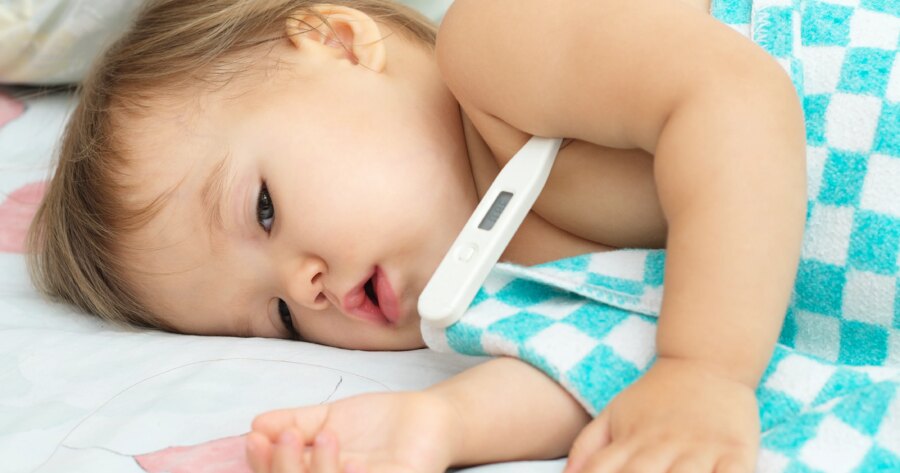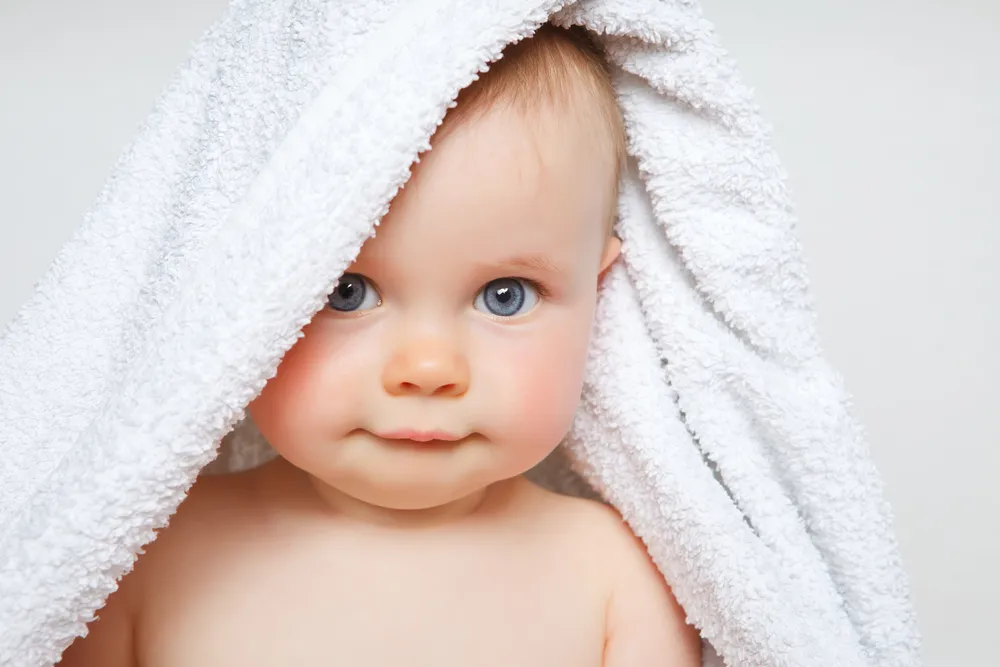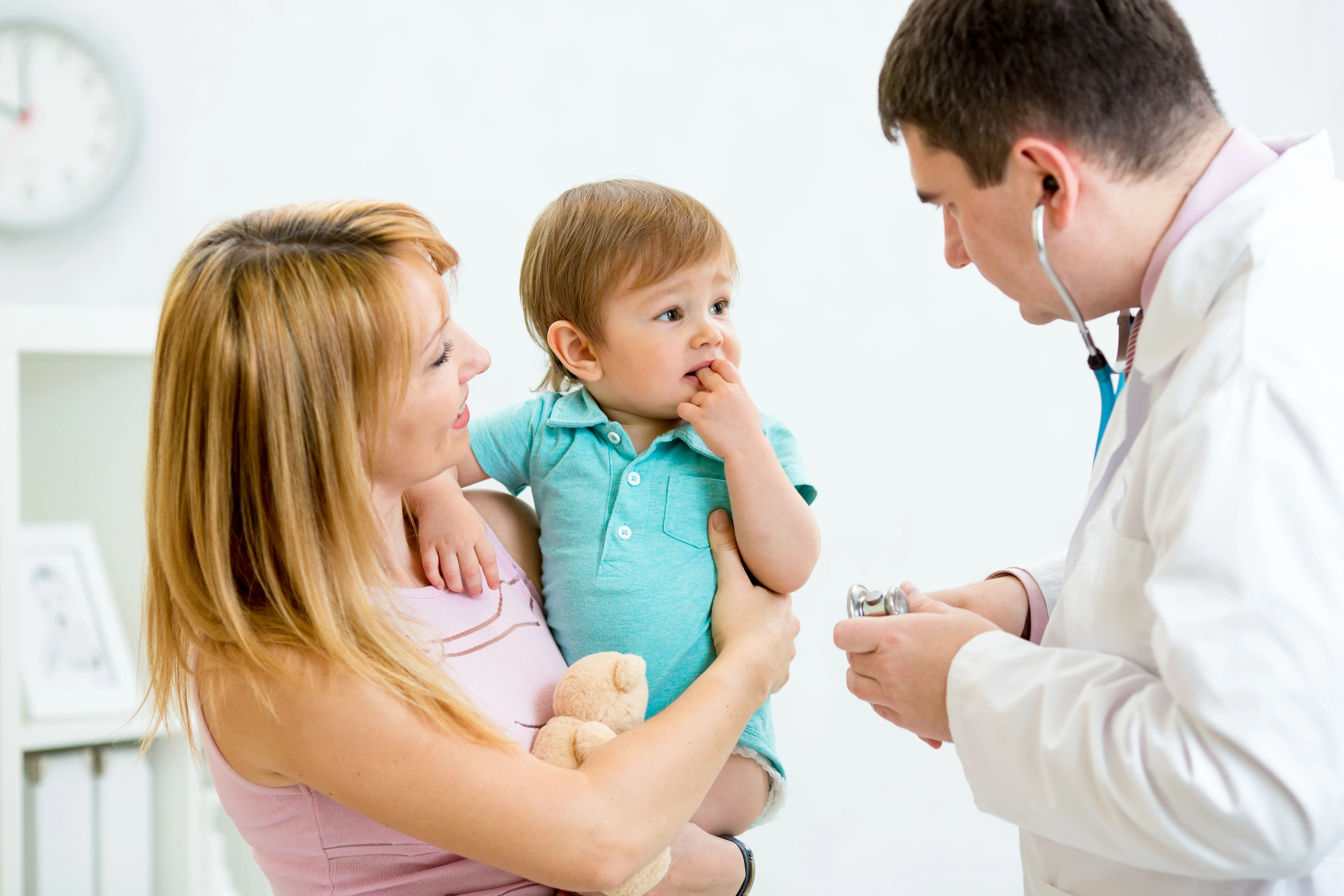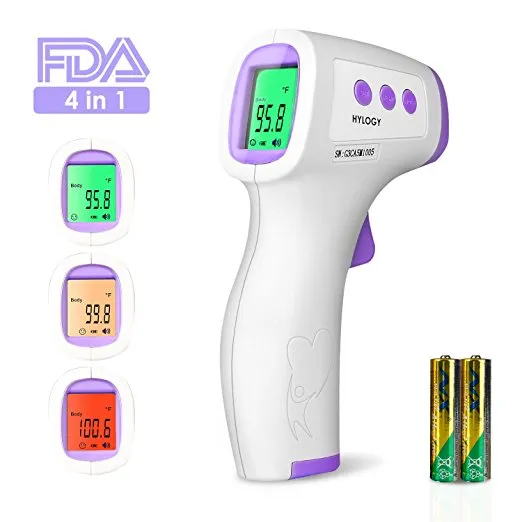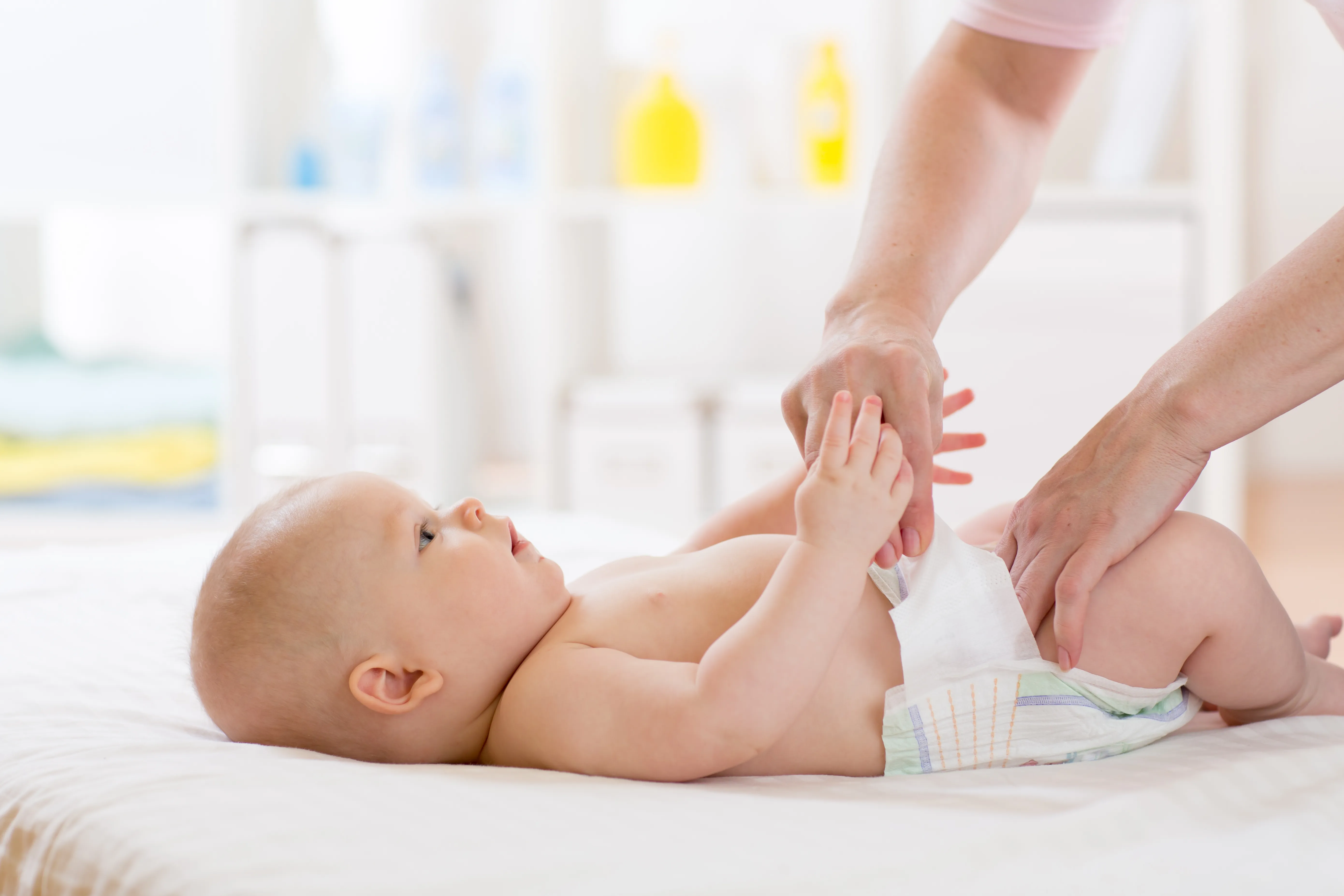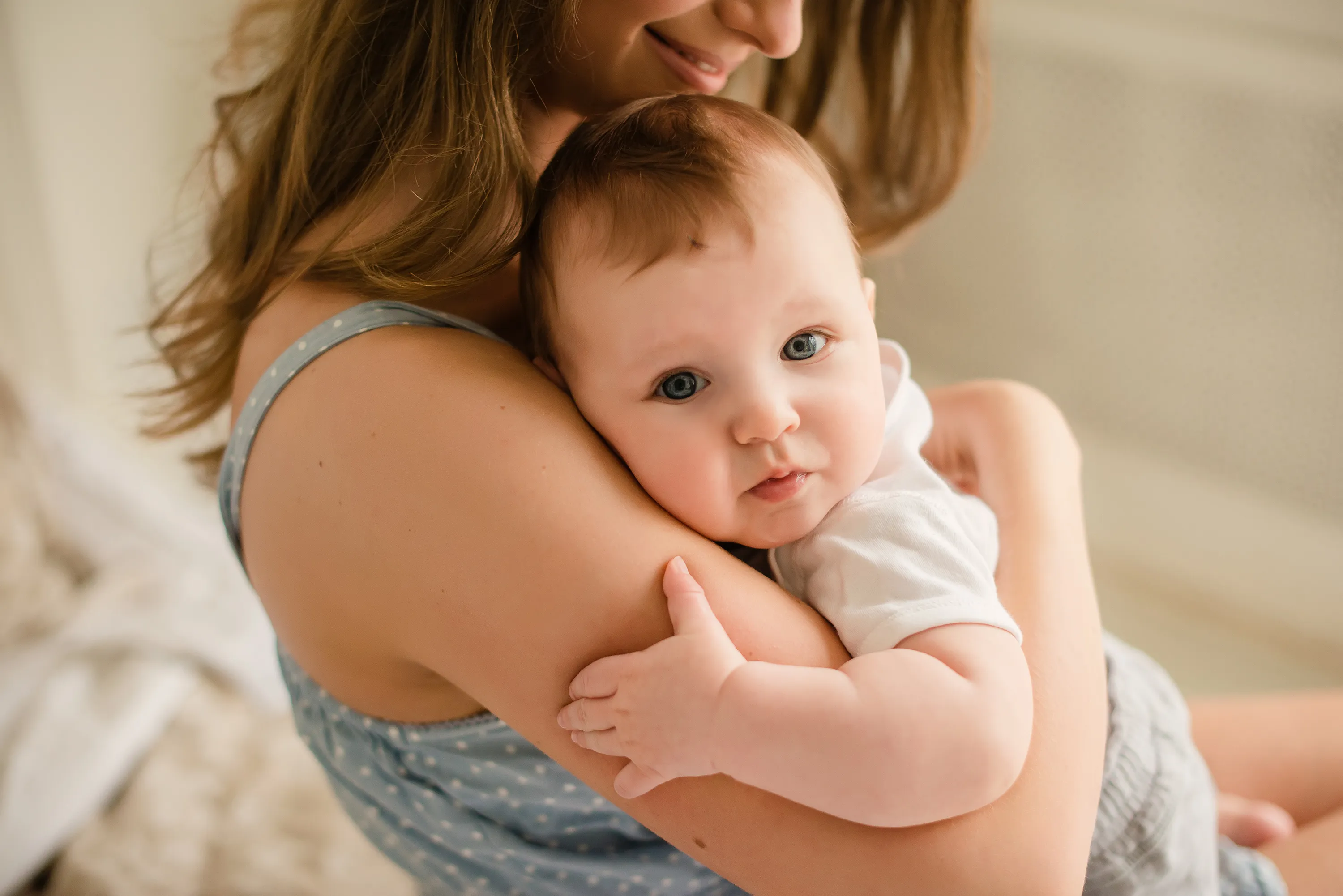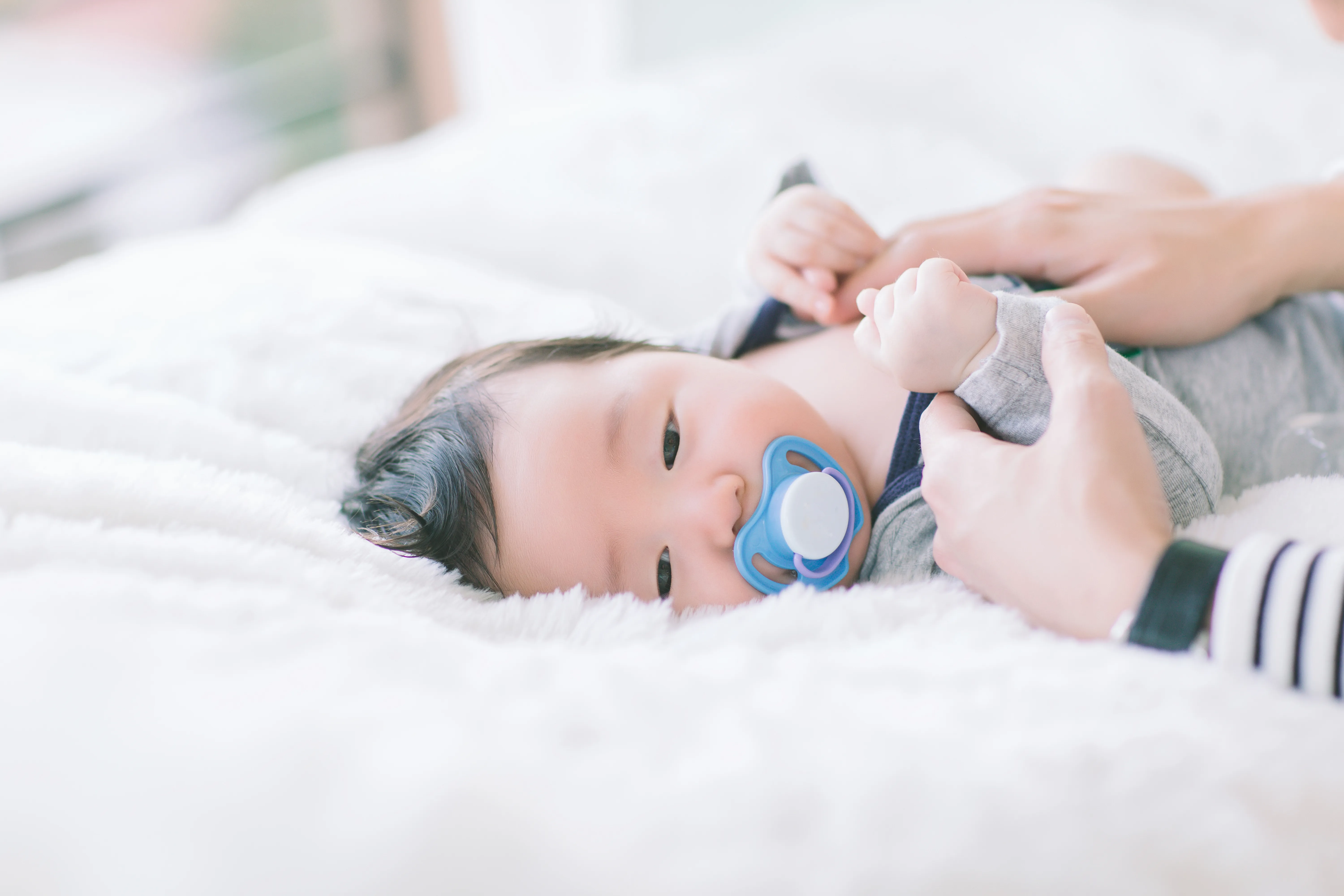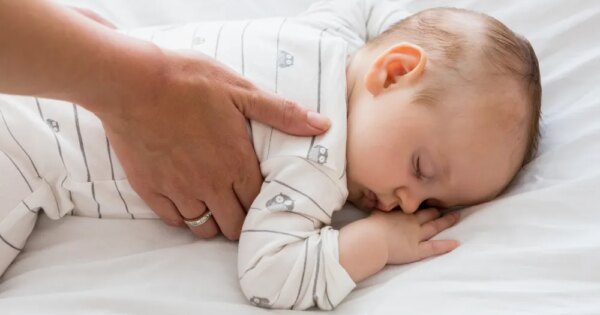When your little one has a fever, it’s both scary for you and uncomfortable for you. Everyone’s body temperature changes throughout the day, and can vary according to age and activity level, making it difficult to know when to actually worry. A general rule is the younger the child, the sooner you should seek medical attention. Most children will run a fever from time to time. More often than not, it isn’t anything serious. Your best strategy is to monitor how your child is behaving. So before you panic, here is a list of 15 things to know about fevers in babies and toddlers.
15. What is a fever?
In both children and adults, the average body temperature is 98.6 F. This temperature fluctuates during the day, often rising as the hours pass. Slight increases can be caused by overheating in clothing, taking a hot bath or shower, exercise, or even being outside in warm weather. A temperature over 100.4 F is considered a fever. A fever is the body’s natural way of reacting to an infection or illness.
14. Symptoms of Fever
Fever is actually a symptom, not an illness of itself. However, babies and children often become more uncomfortable with the rise in body temperature. Symptoms can vary. Some children may be fussier, thirstier, or show no interest in eating. They may seem lethargic or quieter than usual. Often eyes may be glassy and cheeks flushed. Finally, your child may feel warm or hot. When they feel like they’re “burning up” take their temperature to be sure.
13. Why Fever Hits
Your body regulates itself with an internal thermostat called the hypothalamus. When you have a fever, the hypothalamus resets your internal temperature to over 100.4 F. In other words, your body temperature goes above normal. The body tries to fight off infection by producing chemicals, cells and antibodies to stave off bacterial or viral intruders. Because body temperature increases later in the day, many fevers often appear at night.
12. Viral Fever
Viral fevers are the result of your child’s body fighting off illness caused by virus. They can be caused by gastrointestinal issues, the flu, or even the common cold. Viral fevers are quite common and can be transmitted from one person to another. High fever, chills, head and body pain and overall weakness can be signs of a viral fever. Antibiotics are not effective, though over-the-counter medication can help reduce symptoms.
11. Bacterial Fever
Bacterial fevers are caused by a bacterial infection. They are less common than viral fevers. Causes include ear infections, pneumonia, or even meningitis. Bacterial fevers are generally the result, not a cause, of a disease. Hey can, however, lead to serious illness if left untreated. Symptoms are similar to viral fevers, including vomiting, inflammation, fatigue, diarrhea and even coughing or sneezing.
10. When to See the Doctor
In babies younger than 3 months, any fever at all warrants a call to the doctor. It’s almost impossible to distinguish between bacterial and viral fevers with a straight-up physical exam. Blood, urine or x-rays may be required. In the youngest of babies, bacterial infections can cross over. And because young babies can’t show signs of full-blown fever like older babies and toddlers, it’s best to seek medical attention. With older babies and children, call your doctor if the fever reaches a temperature of 102.2 or higher.
9. Treatment of Fever
Many doctors suggest treating the symptoms, not the fever. In other words, a child with a high fever who seems comfortable and content may not need a fever reducer. On the other hand, a listless and unhappy child may still have a low grade fever that needs to be treated. Remember, antibiotics have no effect on viral fevers. Keep your child rested and hydrated, or try a warm sponge bath. If symptoms persist, try acetaminophen or ibuprofen. Do not give children aspirin, which has been associated with serious and potentially fatal condition called Reye’s Syndrome. When in doubt, call your doctor who will advise you accordingly.
8. Temperature Taking
While kissing the head or applying the back of the hand to the cheeks may indicate that your baby is hot, it does not necessarily mean they have a fever. The only way to know for certain is to measure your child’s temperature using a digital thermometer. There are several different types available. The best one for you often depends on your child’s age. Never use a glass thermometer as it can break and leak mercury, which can be toxic.
7. Rectal Temperature
The best way to get an accurate reading in a child under the age of three months is to use a rectal thermometer. It is the only thermometer to give a true core temperature. Lubricate the tip of the thermometer and gently insert into the baby’s rectum. Never ever force it. The thermometer will usually signal when it has the temperature.
6. Oral Temperature
This is the way many grandparents and parents remember having their temperature taken. Oral thermometers often produce temperatures somewhat lower that the true core temperature. Small babies and younger children will often not be able to hold the tip of the thermometer under their tongues long enough to produce an accurate reading. The thermometer should be placed under the tongue and the lips should be closed. Wait at least 15 minutes after your child has finished eating or drinking before you take the temperature by mouth.
5. Axillary Temperature
The axillary is referring to the armpit. This method is considered easy, convenient and safe, but is not as accurate as a rectal thermometer. Because it is an external reading., the armpit thermometer can be up to 2 degrees lower than an internal reading. For this reason, it is not advisable to use in babies under 3 months, when an accurate reading is crucial. The bulb of the thermometer needs to be in full contact with your child’s skin, which can be tricky if your child can’t or won’t sit still.
4. Tympanic Temperature
Ear thermometers are very safe, fast and not uncomfortable. They are not recommended for use in babies under 6-months because narrow ear canals make it challenging, and potentially dangerous, to use. If this thermometer is not inserted exactly right, it can result in a less accurate reading. Make sure to check the instructions or ask your doctor to show you the proper way to use it.
3. Temporal Artery Temperature
These forehead thermometers are non-invasive and sophisticated, using infrared technology to measure body temperature. Press the thermometer flat between the eyebrow and the hairline and swipe it straight across your child’s forehead. New research shows that these thermometers may be the most accurate alternative to rectal thermometers and may be able to produce accurate readings for newborn babies. They are generally the most expensive thermometers.
2. Digital Pacifiers
These are not recommended for newborns, and are not generally as accurate as the other temperature-taking methods. The pacifier thermometer can be useful for those children who use thermometers because the child won’t even know their temperature is being taken. They simply suck until the temperature is recorded. However, for the most accurate reading, your child needs to hold the pacifier still in the mouth for more than three minutes, and sometimes up to five before a reading is produced.
1. Forehead Strips
Forehead strips are super convenient to use, but their accuracy is questionable. They are very quick and completely non-invasive. The plastic strip is placed on the forehead and simply changes color o register temperature. The issue is that they are measuring the skin temperature, and not necessarily the body temperature. Most doctors do not recommend the use of forehead strips.
